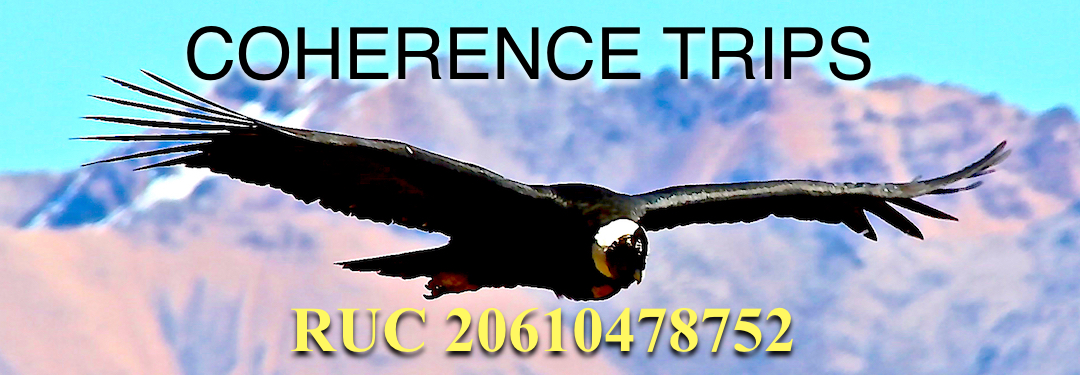Saqsaywaman, is a huge, stunning site which holds the great house of the
Sun, where the head of the walls were pieced together with amazing skill,
a lightning bolt across a great field.
Saqsaywaman: The immense walls of the complex made up of huge stones distributed in a zigzag pattern in three platforms. These platforms are connected by flights of stairs and doorways also in stone; one of these
found in found in Saqsaywaman stands 27.88ft high and weighs 130 tons.
Saqsaywaman stands 27.88ft high and weighs 130 tons. Together with the
Together with the city of Cusco, this monumental complex is considered
city of Cusco, this monumental complex is considered one of the wonders
one of the wonders of the world. This huge construction was planned and
of the world. This huge construction was planned and built by Andean
Man. The Inkas called it the House of the Sun. The construction, which is
made up of three platforms one on top of the other, was one of the most
important spiritual places in the Andes. Inka Pachakuti and other spiritual
leaders considered this place as the most important temple dedicated to
the Sun.
The cusquenian mixed-blood Garcilaso de la Vega described in his its
walls, rooms, towers, doors and canals, which have sparked great interest
and admiration from visitors and residents alike. The The cusquenian
mixed-blood Garcilaso de la Vega described in his enormous blocks that
form part of the construction were put together perfectly.together perfectly.
Archaeologists are currently excavating and have discovered water
fountains, canals and rooms. In the nearby flat area, every June 24th,
local inhabitants hold the Festival of the Sun, or Inti Raymi. Saqsaywaman
witnessed important historic events.
Saqsaywaman Archeological Complex. 1 km northeastern Cusco (10
minutes by car). The area contains thirty-three archeological sites. The
most famous is Sacsaywaman, which was the most important temple in
Hanan Qosqo or upper Cusco, and dedicated to Andean celebrations for
Inti (Sun) and the Killa (Moon).
Muiumarka: A vortex where Inkas performed rituals to create perfect union
with the Creator and Cosmic energy (phenomenal healing occur here.) THE PUMA (COUGAR)
The grace and power of the cougar have been widely admired in the cultures of the indigenous peoples of the Americas. The Inca city of Cusco is reported to
have been designed in the shape of a cougar, and the animal also gave their name to both Inca regions and people. The Moche people represented the puma often in their ceramics (Berrin and Larco Museum 1997). The sky and thunder god of the Inca, Viracocha, has been associated with the animal
(Kulmar 2007).
In North America, mythological descriptions of the cougar have appeared in the stories of the Hotcâk language (“Ho-Chunk” or “Winnebago”) of Wisconsin
and Illinois (Blowsnake) and the Cheyenne, among others. To the Apache and Walapai of Arizona, the wail of the cougar was harbinger of death (USDA 2007).
The cougar stands for power, leadership, and swiftness.
Like almost all cats, the cougar is a solitary animal. Only mothers and kittens live in groups, with adults meeting only to mate. It is secretive and crepuscular,
being most active around dawn and dusk.
